(November 20, 2023) He shares his recipe for Chai Masala and Chhole Bhature, speaks in Hindi with his in-laws, and even makes chai for them. Meet Karl Rock, a content creator who loves everything about India – food, travel, quirks and all.
Karl Rock’s greeting over email or a conversation is always a Namaste. He speaks fluent Hindi and cooks everything from the age-old malpua [his wife’s family’s traditional recipe at that] to Chhole Bhature. And he can make a very good cup of tea, with Chai Masala. His heritage? He is from New Zealand.
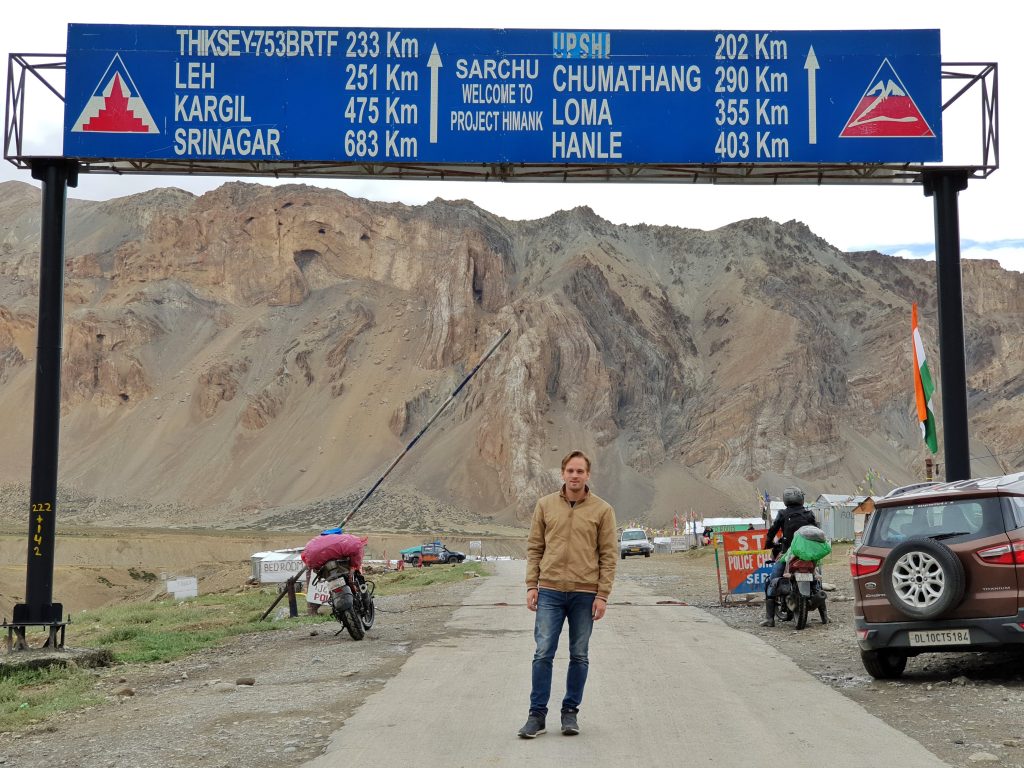
A canned version of butter chicken that Karl Rock had, at the age of 17 or 18, in faraway Auckland, made him fall in love with Indian food. A category of cuisine he admits he had not sampled earlier. “I fell in love with Indian food when I had butter chicken. My then girlfriend was just taking the stuff out of a can and heating it up. She told me to try it just once. It was horrible stuff compared to what Indian food really is, but it blew my mind. I have been fascinated with India and everything about it since then,” recalls the content creator who has over 2.77 million followers on his YouTube channel and over 184,000 on Instagram.
In love with India
In an exclusive with Global Indian, Karl shares how his love for travel, which has taken him all across the globe, found its eureka moments in India. He says, “I wanted to explore India and Indian food; 20 years later, I am still discovering aspects to it.” From food to tips on safe travel to recipes for chai masala and on how to speak fluent Hindi too, Karl’s blogs on his website, and videos on YouTube and Instagram are a bundle of surprises.
He features places we, living in India, have perhaps never heard of – like a mysterious crater created by a meteorite falling in Maharashtra; to singing praises of the white sands of Lakshwadeep and the Andamans, Karl’s enthusiasm is infectious. It is refreshing to get insights into the land of one’s birth through the eyes of someone who comes from more than 15000 miles away. He freely shares recipes too on social media; of dishes he has made successfully. He says, “I find recipes online, and them make them many times until I get the masalas and the method right so the dish tastes the way it does at my favourite restaurants. I wouldn’t dare ask a restaurant its secret recipe, but we can get close with trial and error. I have shared the recipe for chai masala that is my own recipe, adapted from Chef Ranveer Brar’s on YouTube; and at home I am the chaiwala for my mother-in-law and myself.” As for the Chhole Bhature he loves to have once a week at Gopalji’s in Pitampura, in Delhi, he says the owner has not shared how it’s made, but Karl has reverse engineered it. “The Chhole Bhature there is the best in the world and the version I have taught myself to make, I would say is 80 per cent close to the original.”

Making India Popular
Karl’s content has something for everyone – from us locals to foreigners who want to visit. He gives helpful tips on everything a traveller would need help with, like videos on how to catch a train, taking a road trip, how to eat at a dhaba and more. He also maintains his integrity while doing so. He says, “I don’t do paid reviews for anything. I cover food, travel, and share my family life and advice about safety based on my own experiences. I am not a greedy person; the content I create does get monetised and it’s enough for me. I am happy doing what I do.”
Karl is married to Manisha Mallik, who hails from Hansi near Hisar in Haryana. Manisha too is a busy content creator, though her field is traditional Indian fashion. She is also a vociferous speaker about the condition of vitiligo and has candidly shared posts about her own ordeal with it. Karl and Manisha travel together often and spend their time shuttling between New Delhi and Haryana. He has even learnt Hindi and informs us, with perfect diction that “Main Hindi bol sakta hoon.” He talks to his saas and sasur in Hindi who treat him like their own son.
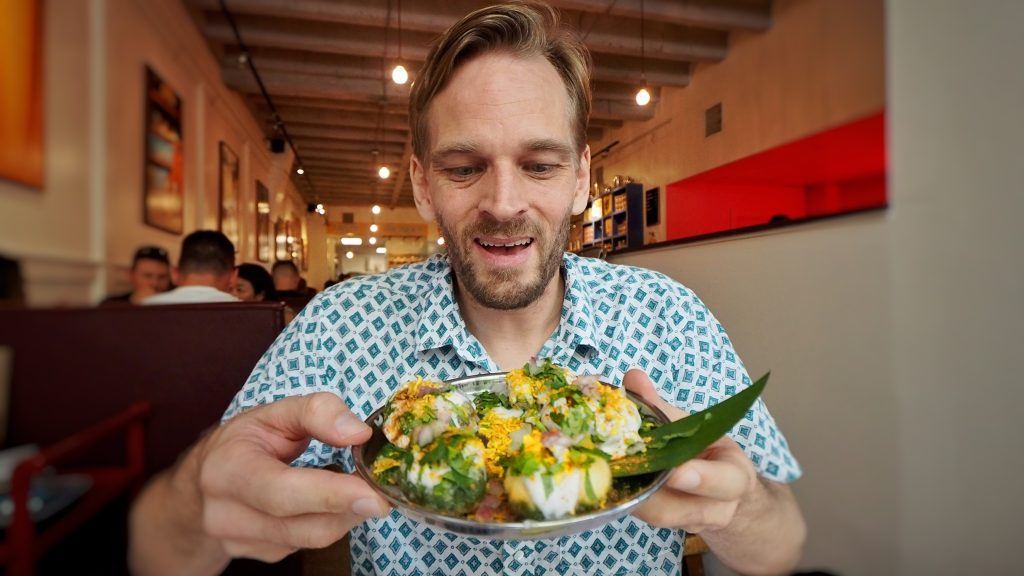
Love for Indian Food
Since Karl has been exploring India and has been to every state, and sampled the cuisine of each one, asking him to recall anecdotes is a tough ask. He reiterates that asking him about his favourite food too is impossible, but he does have some dishes he considers ‘mind-blowing.’ “I’d say, the Haleem in Hyderabad and Parsi food in Mumbai which I had not had earlier, like the Berry Pulao at Britannia’s Café. Even in Bhubhaneshwar, there is a temple where the priests cook inside the temple with traditional recipes and locally sourced ingredients used since ancient times. They sell the food outside in the market next to the temple. It is simple and so very tasty.”
Karl also adds that Indian food is not what is served overseas. He says, “Indian food is not a chilli bomb as it is projected. Nor is it the creamy Punjabi version we get everywhere. Indian food is a lot plainer and simpler; every state has a different cuisine and I have been everywhere from Mizoram to Lakshwadeep – I love the food I have had in all the states.” And that has toughened his stomach, though he reveals that he probably gets sick with a tummy bug maybe once a year due to carelessness with drinking water, if at all.
Ask him about a trip he would recommend that is his favourite and he promptly says, “It would have to be a road trip from Delhi to Ladakh. I have done it twice – once on a bike and once in a car. I would say it is the ultimate and the best road trip in the world, not just in India.”
He also believes that when it comes to global trends in cuisine, Indian food is growing in popularity. “I find that restaurants serving authentic Indian food are increasing. In Auckland, where my parents live, 20 years ago, we barely had any Indian restaurants. Now, there is a whole street dedicated to Indian food.”
The avid traveller plans to continue travelling with his wife as much and as frequently as he can. And no, there is no cookbook on the horizon because Karl believes in generously sharing his recipes for free online. Makes sense for other travel aficionados to follow him.
Karl’s Favourite Eats:
- Chhole Bhature at Shri Gopal Ji’s in Rohini, Delhi
- Shahi Dal at Mian Ji Hotel, Hasan Abdal, Punjab, Pakistan
- Ghee Roast Masala Dosa at Umesh Refreshments, Bengaluru, Karnataka
- Mutton Biryani at Paradise, Auckland, New Zealand
- Hansi Ke Pede at Mithai Gali, Hansi, Hary
Follow Karl Rock on YouTube, Instagram and his website



 Amit Samarth during the 15th stage (Khabarovsk - Vladivostok) of the Red Bull Trans-Siberian Extreme, on August 17, 2018[/caption]
Amit Samarth during the 15th stage (Khabarovsk - Vladivostok) of the Red Bull Trans-Siberian Extreme, on August 17, 2018[/caption]



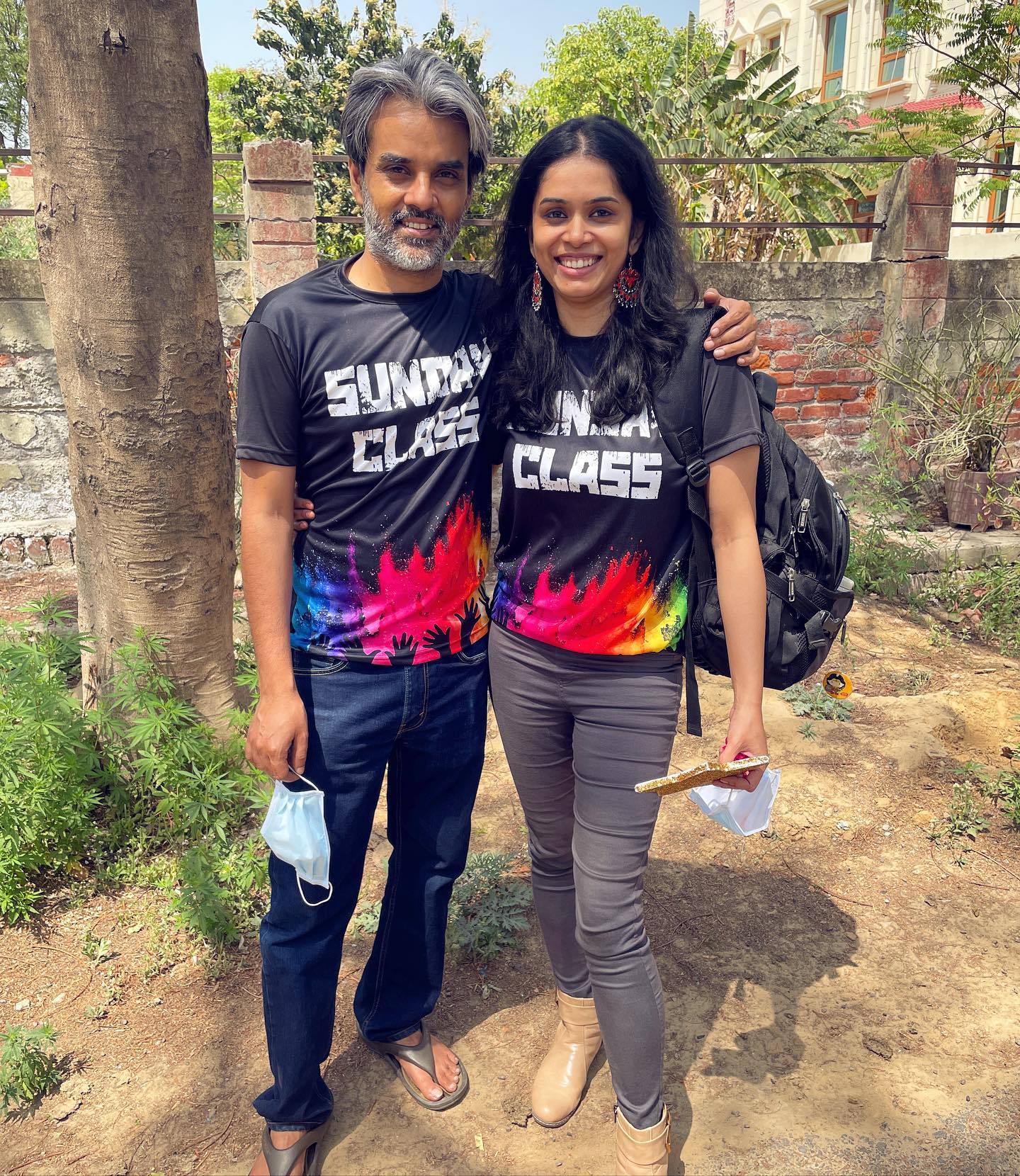 Dr Anurup Mitra and Antara Sarkar[/caption]
Dr Anurup Mitra and Antara Sarkar[/caption]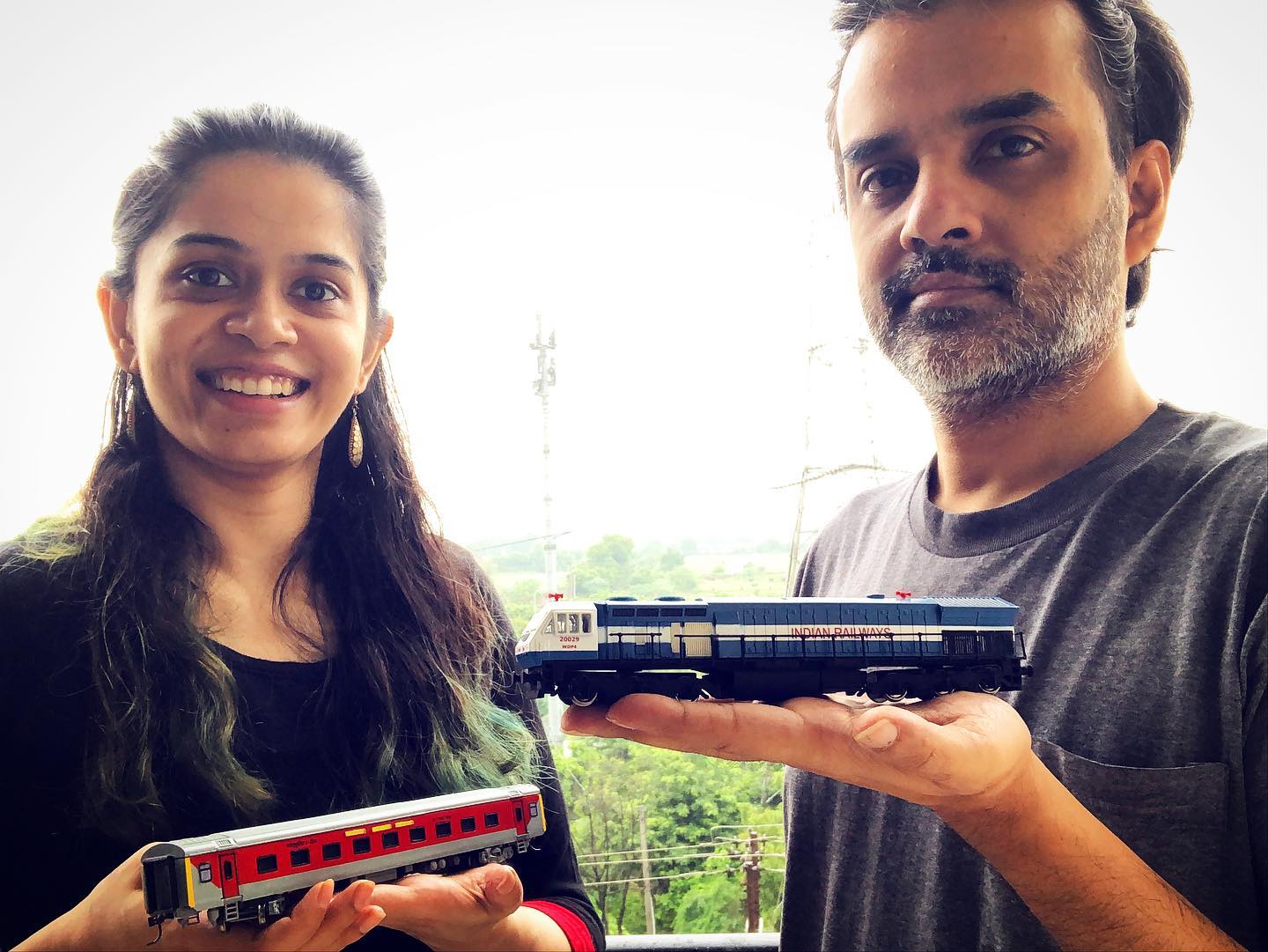
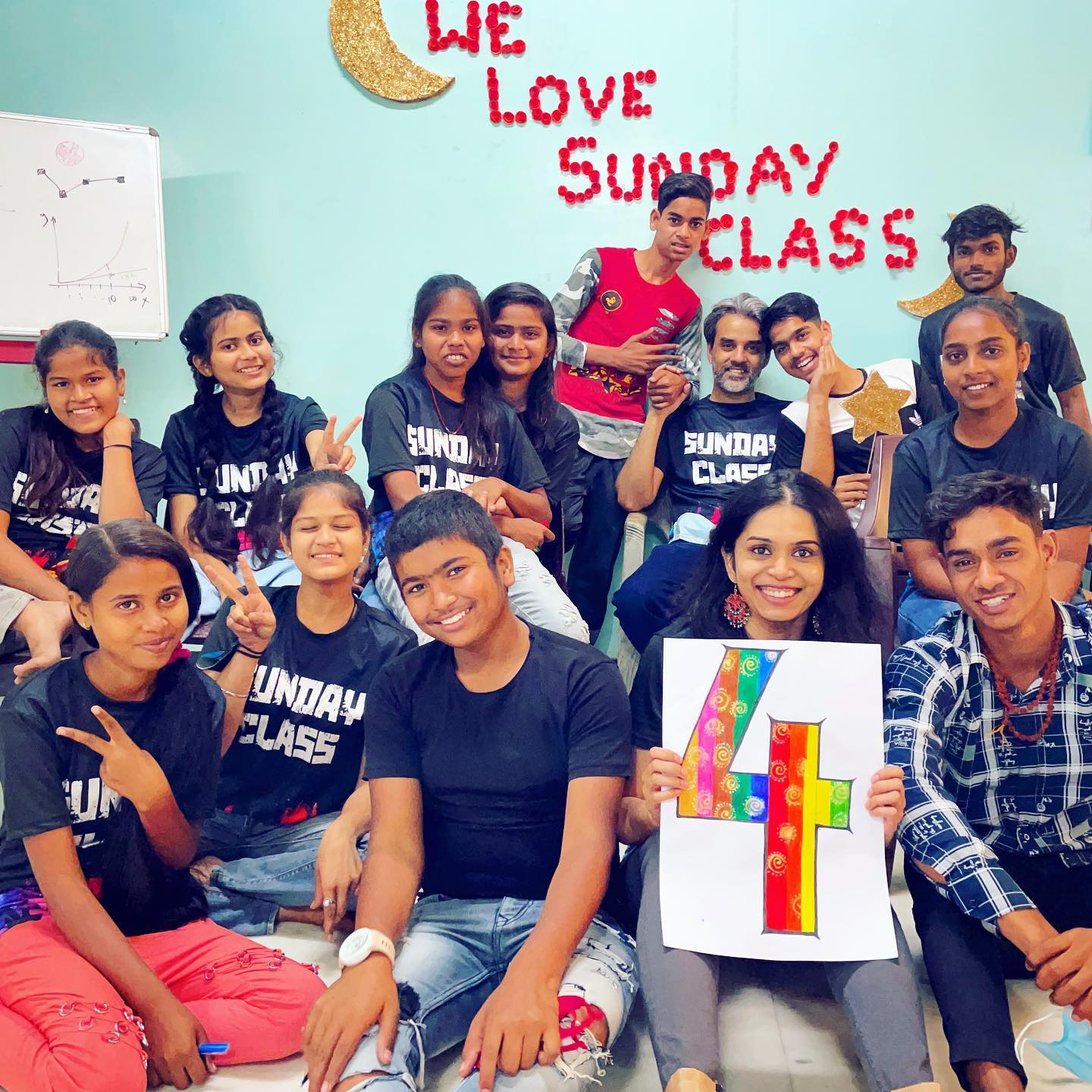
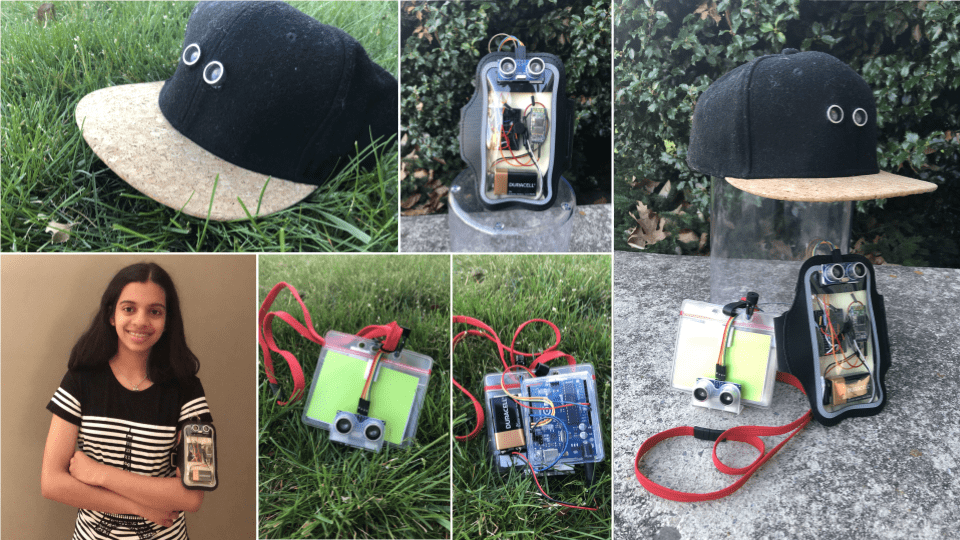
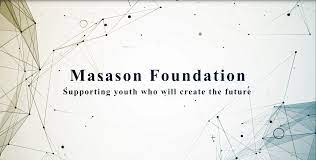
 Neha Shukla and her inventions[/caption]
Neha Shukla and her inventions[/caption]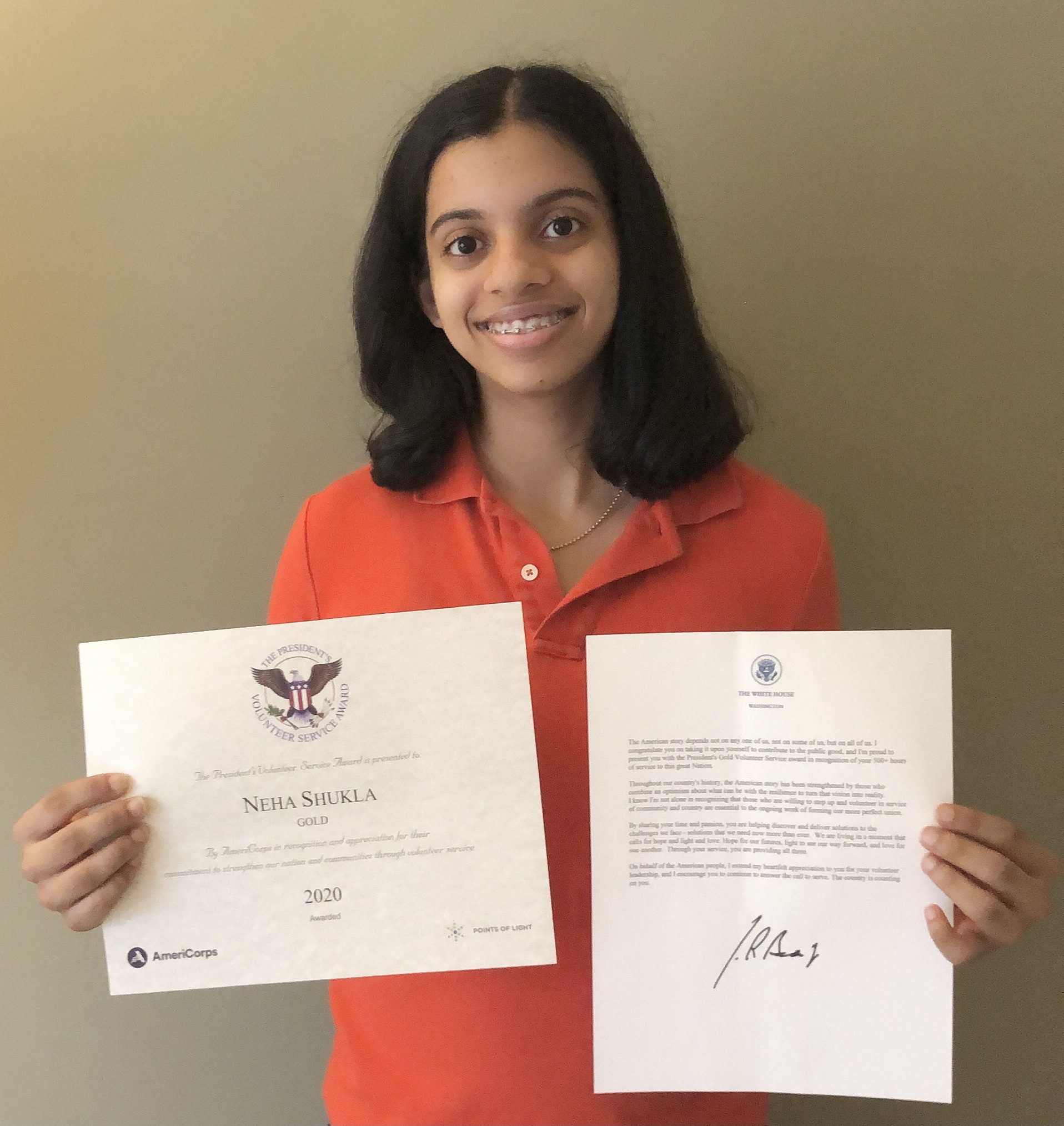 Neha Shukla with the Presidential Award[/caption]
Neha Shukla with the Presidential Award[/caption]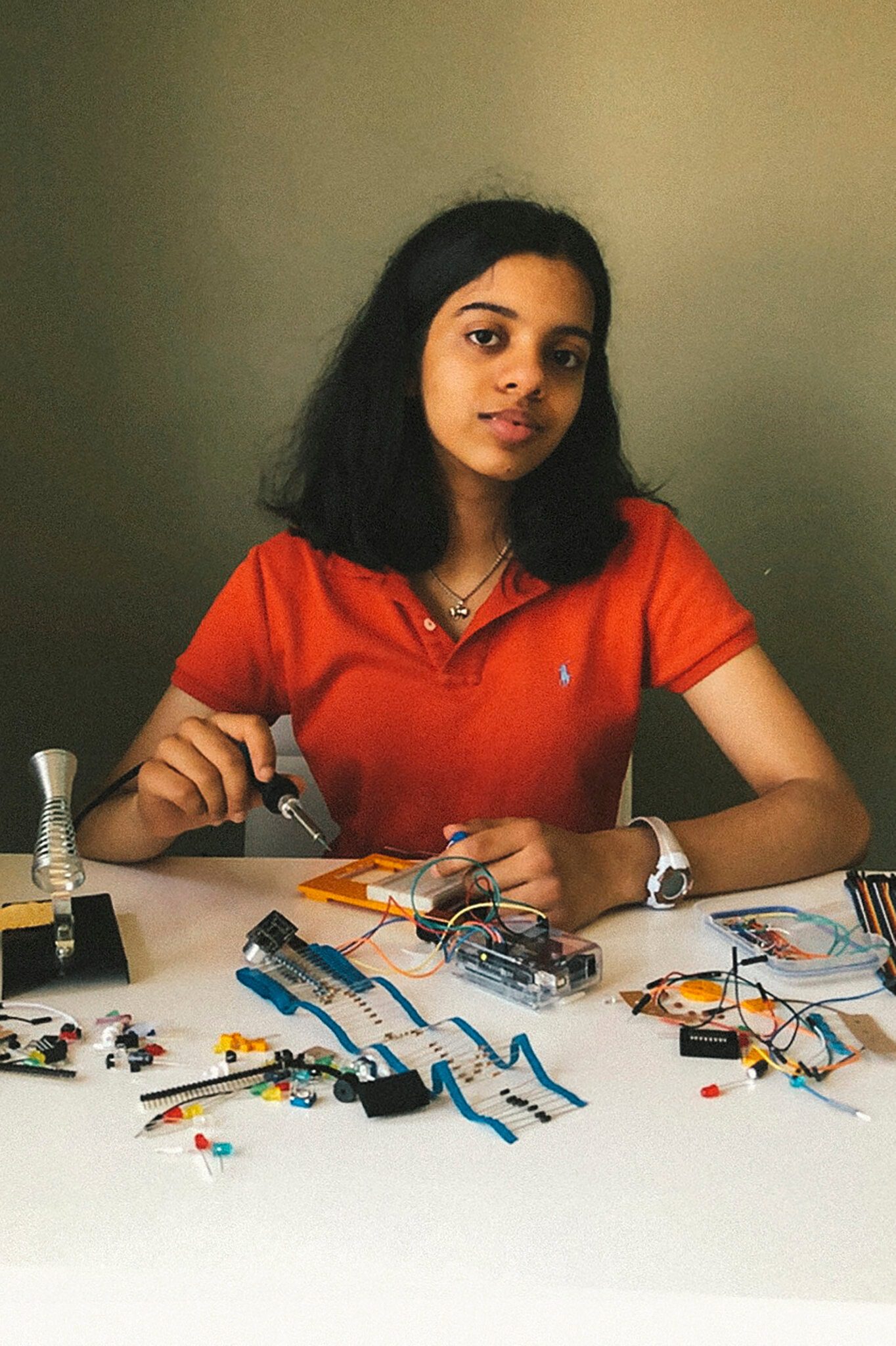 Neha Shukla working on SixFeetApart[/caption]
Neha Shukla working on SixFeetApart[/caption]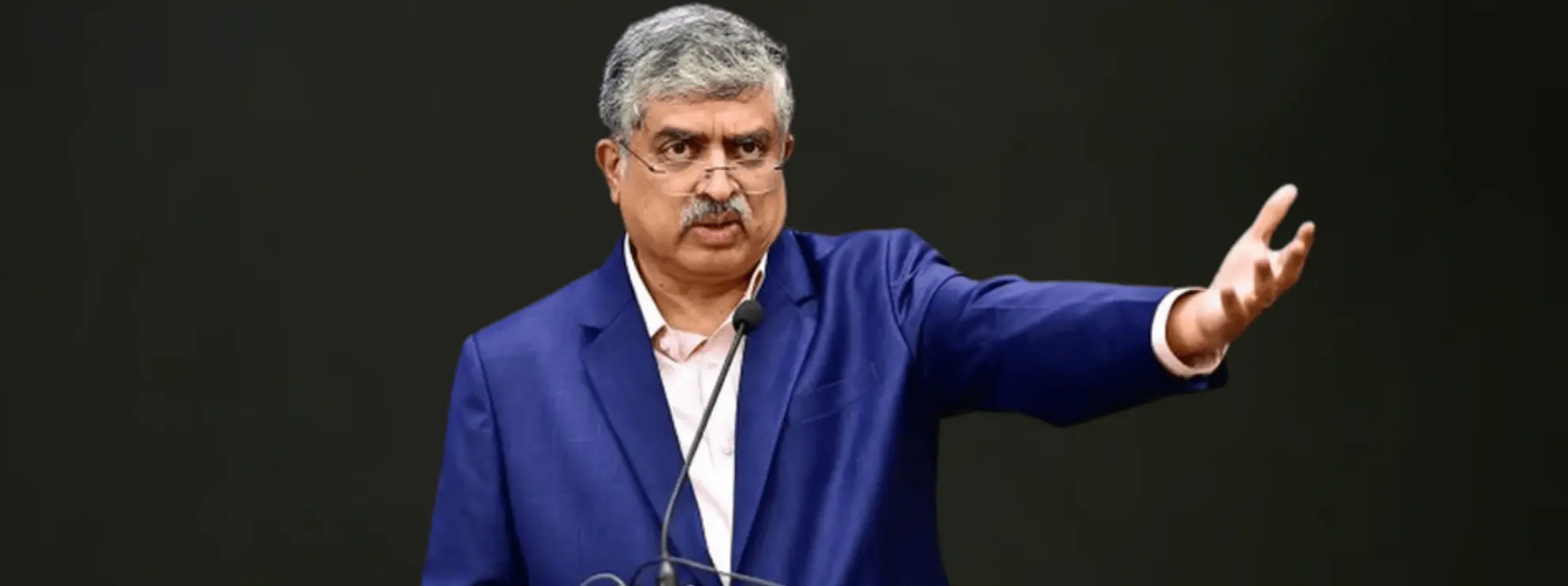
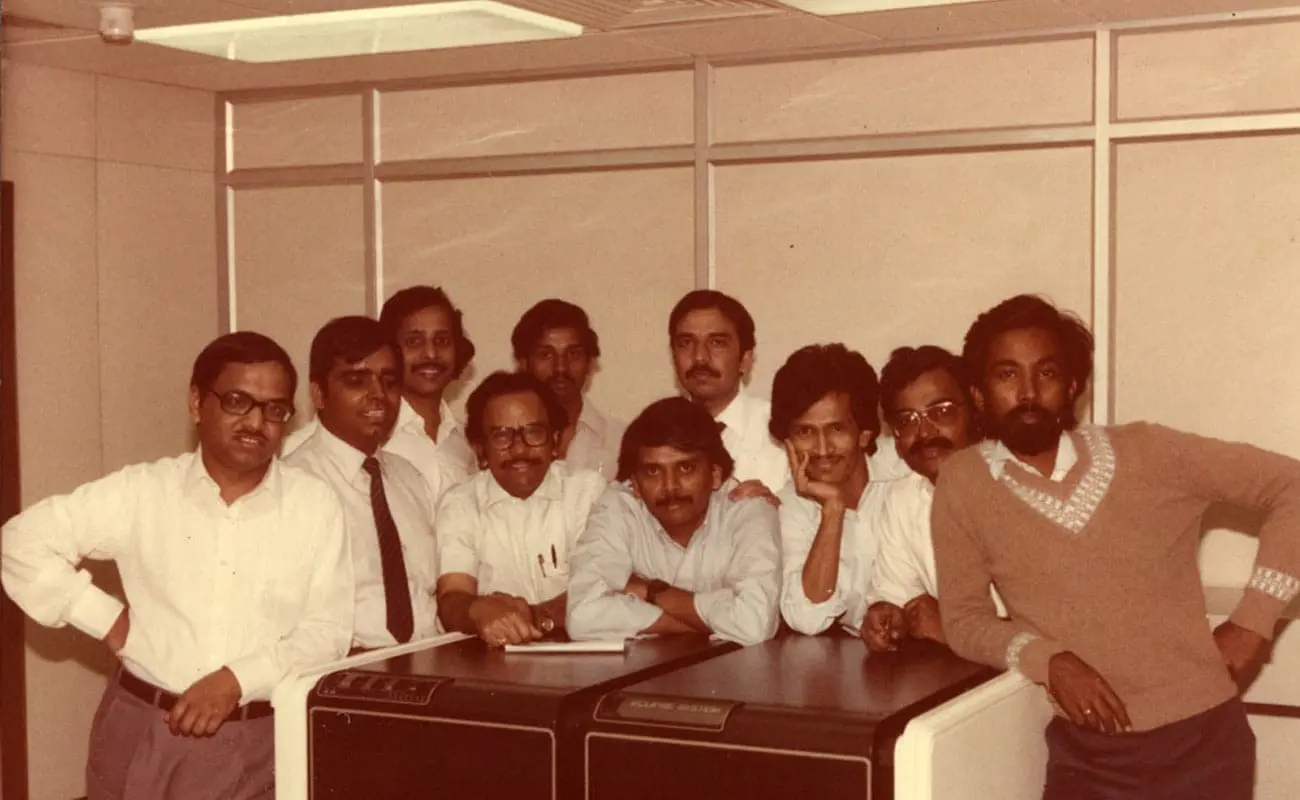 The co-founders of Infosys[/caption]
The co-founders of Infosys[/caption]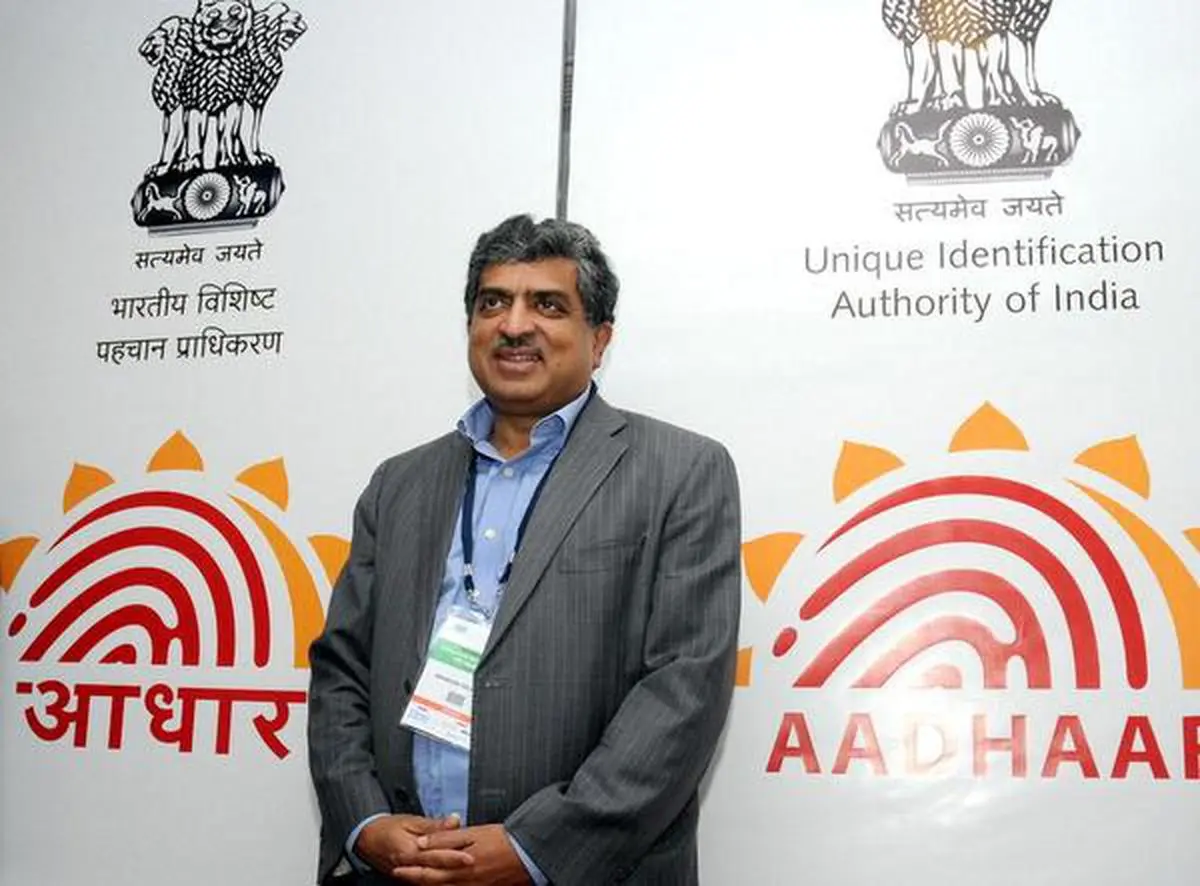
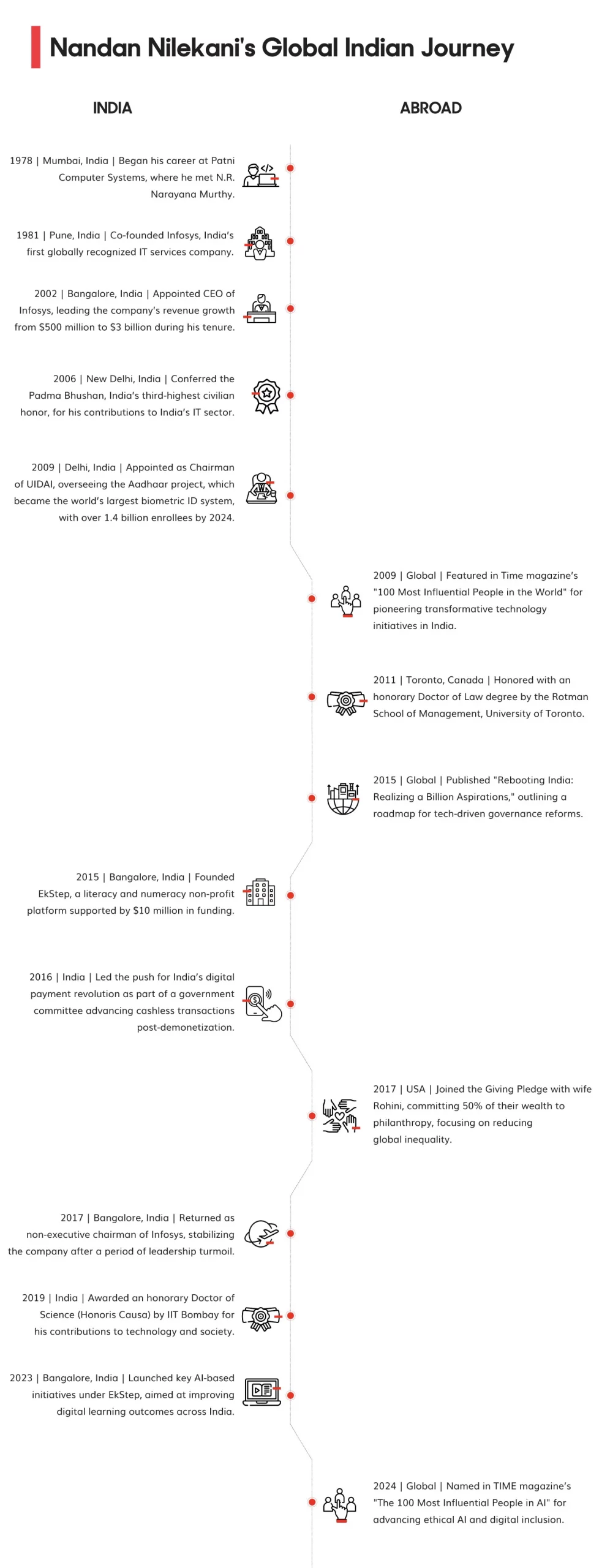
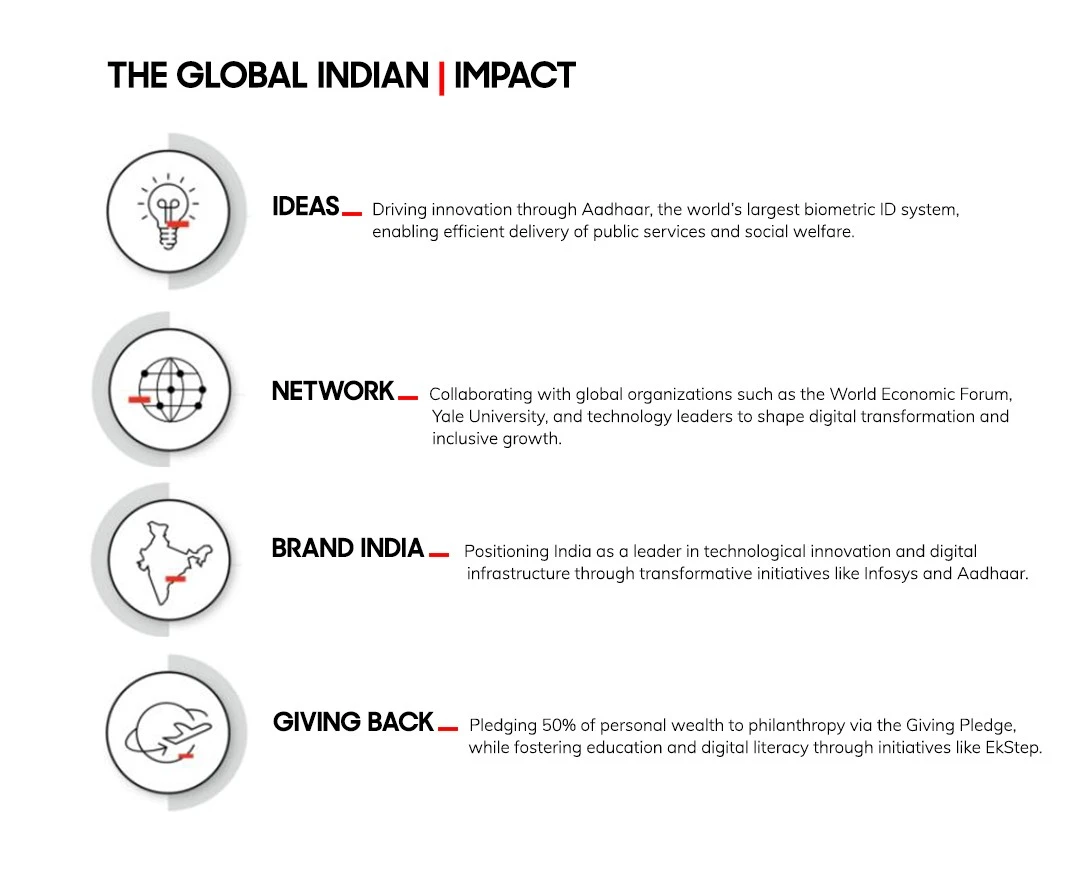
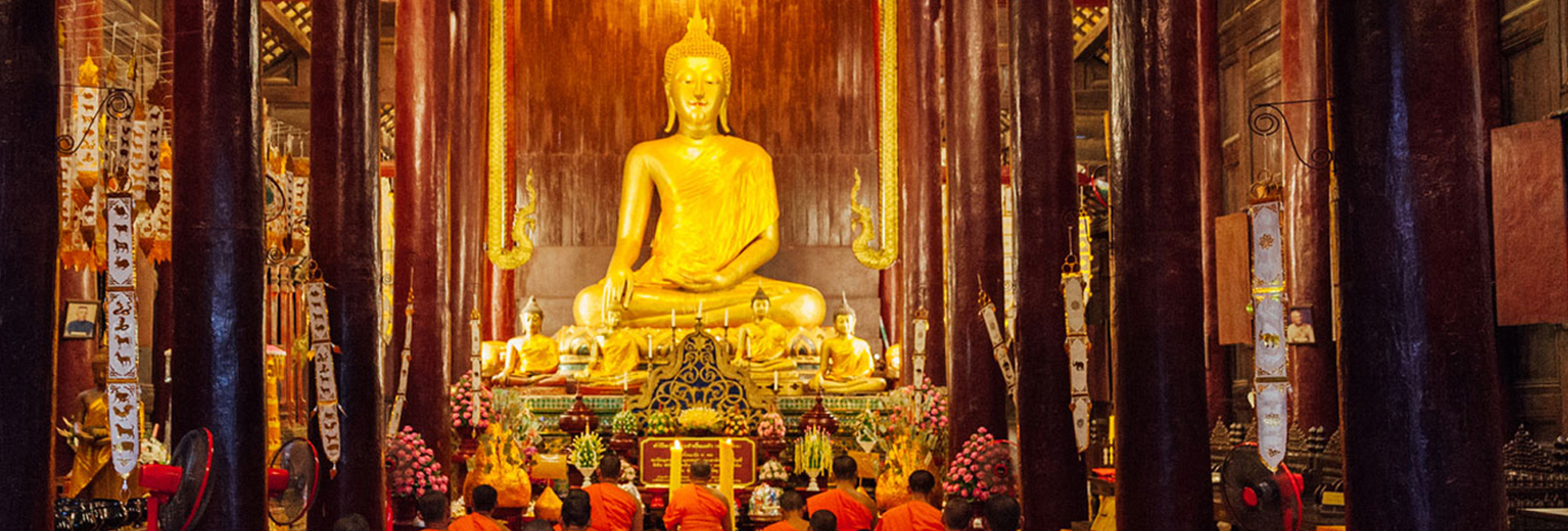
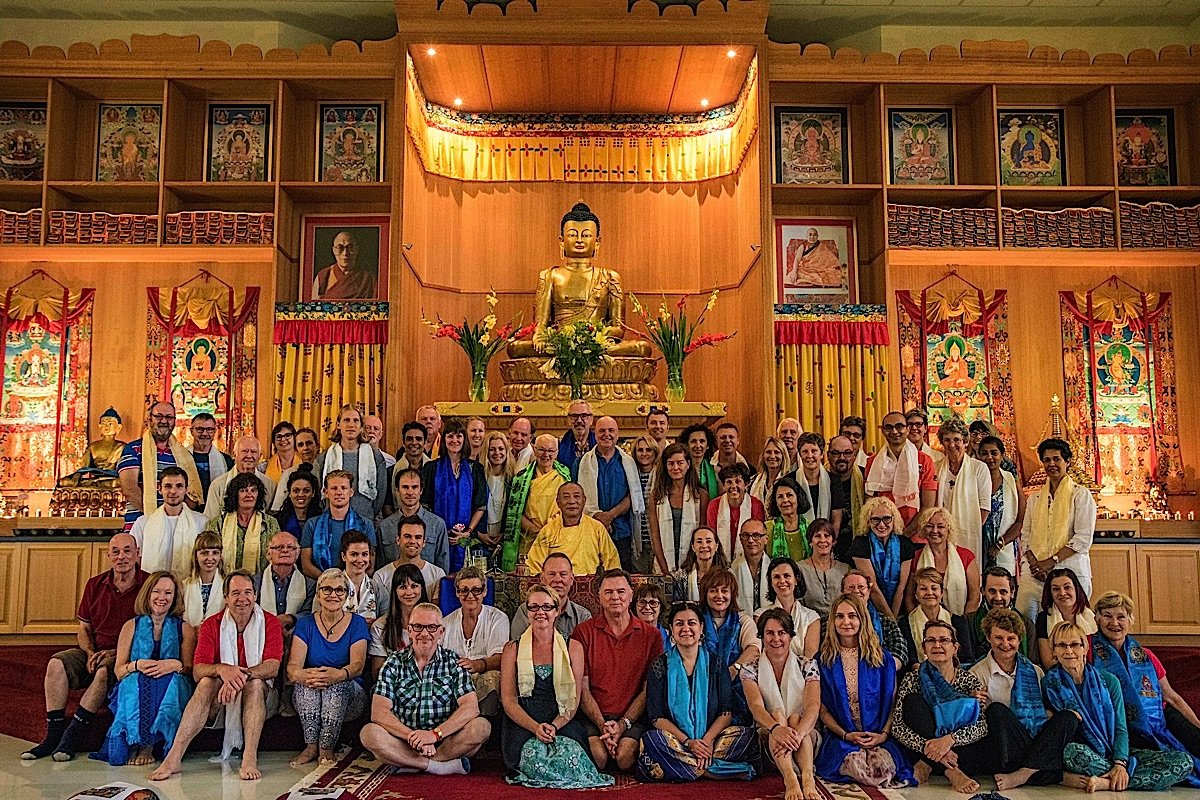 Buddhists in Australia[/caption]
Buddhists in Australia[/caption] Buddhists of North America[/caption]
Buddhists of North America[/caption]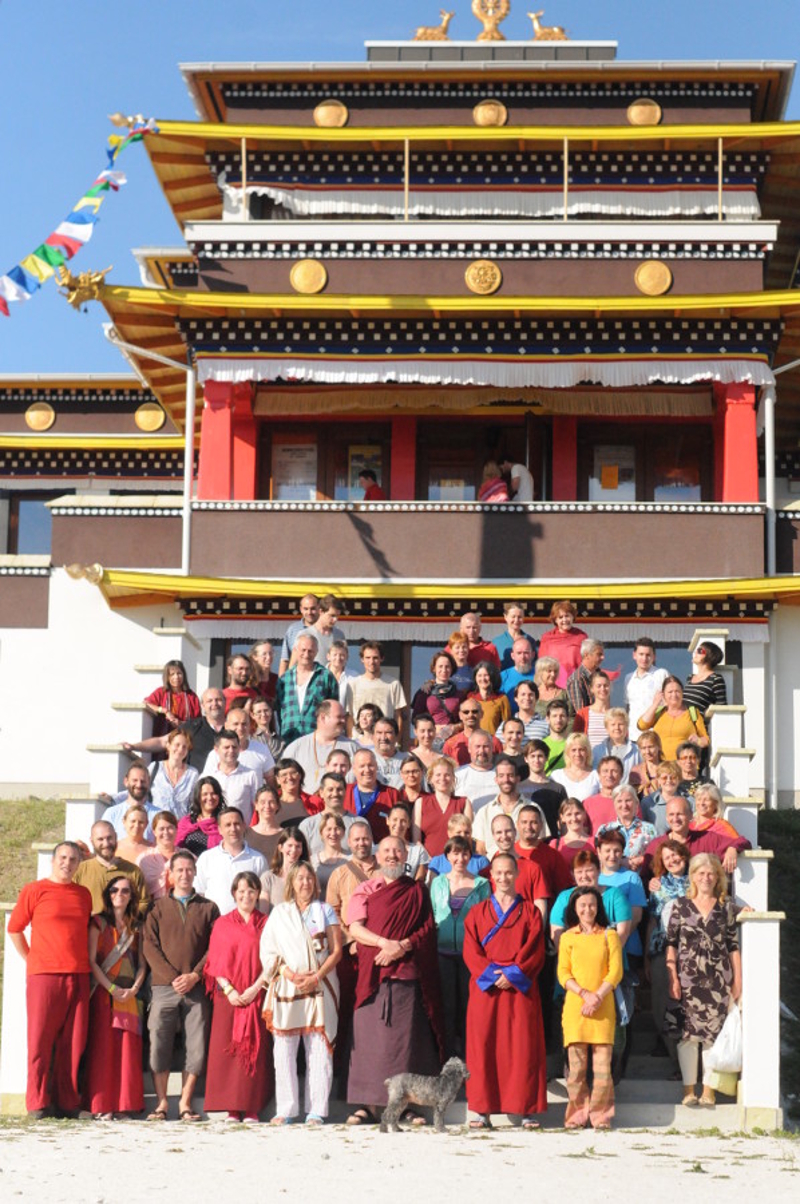 Buddhists in Mongolia[/caption]
Buddhists in Mongolia[/caption]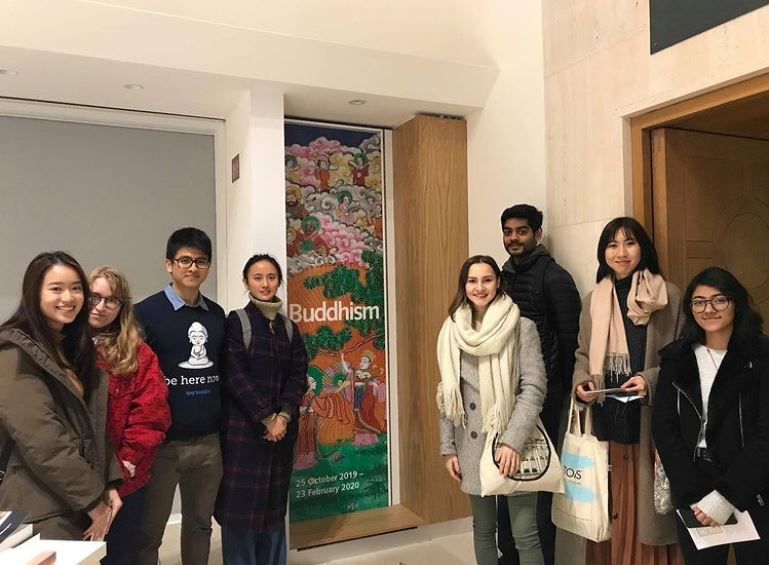 Students in UK show interest in Buddhism[/caption]
Students in UK show interest in Buddhism[/caption]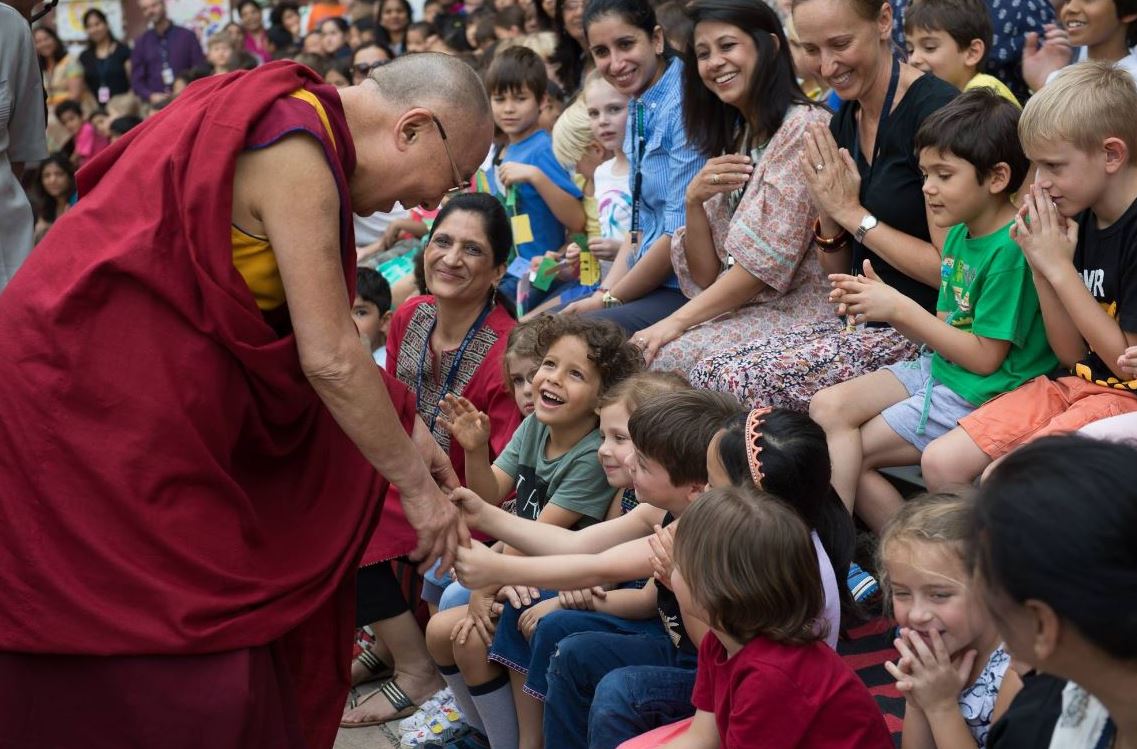 Dalai Lama at American Embassy School in New Delhi[/caption]
Dalai Lama at American Embassy School in New Delhi[/caption]